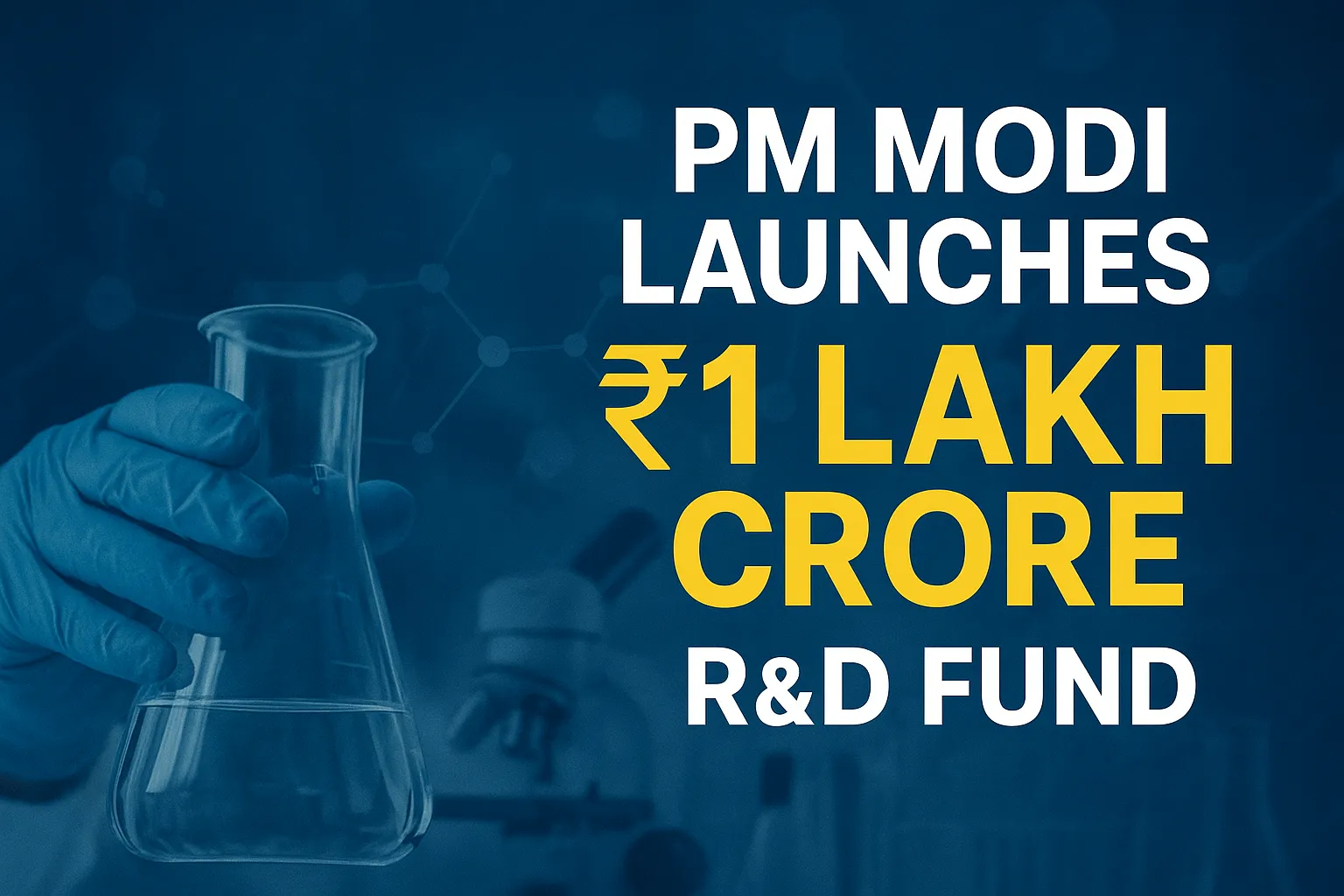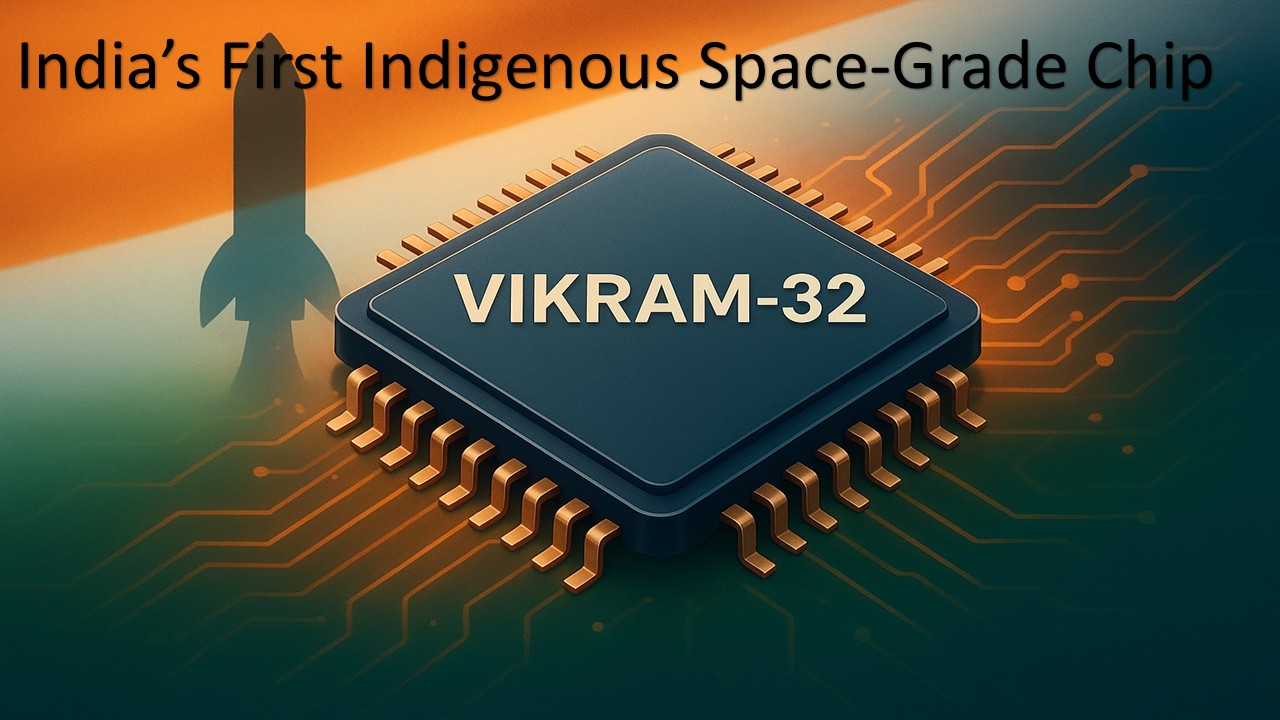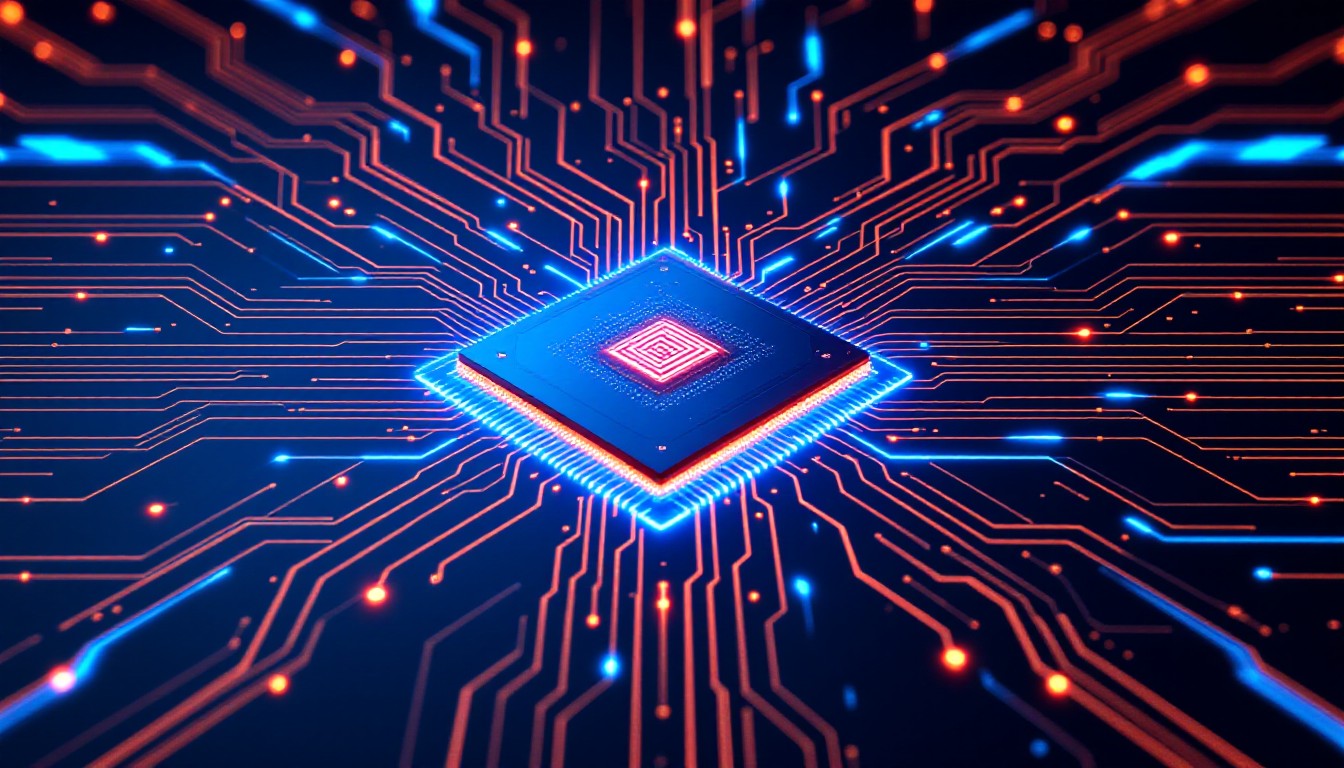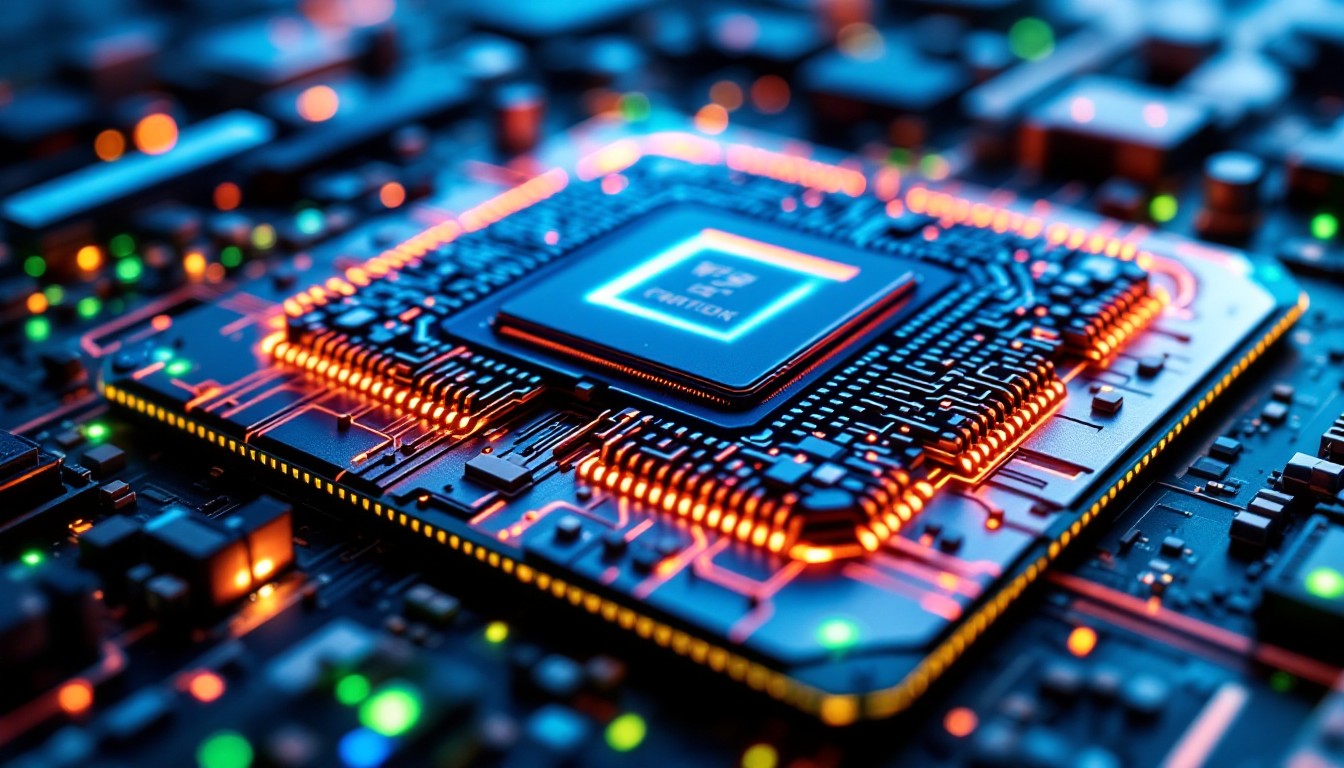
हिंदी में पढ़ने के लिए मेनू बार से हिंदी भाषा चयन करें।
In a major step to transform India’s research and innovation ecosystem, Prime Minister Narendra Modi on November 3, 2025, launched a ₹1 lakh crore Research, Development and Innovation (RDI) Fund during the Emerging Science and Technology Innovation Conclave (ESTIC 2025) held in New Delhi.
The initiative aims to strengthen private-sector participation in high-end research and to accelerate India’s journey toward becoming a global innovation hub. The RDI Fund will focus on promoting deep technology, artificial intelligence, semiconductors, clean energy, biomanufacturing, advanced materials, and space technologies.
Key Highlights of the RDI Fund
- Total Corpus: ₹1 lakh crore
- Initial Allocation: ₹20,000 crore in FY 2025–26
- Duration: 6 years (till FY 2031)
- Implementation Agency: Anusandhan National Research Foundation (ANRF) under the Ministry of Science & Technology
- Funding Mechanism: The fund will operate through low-interest or zero-interest loans, equity participation, and Fund of Funds (FoF) models rather than direct grants.
- Structure: A Special Purpose Fund (SPF) will be created under ANRF. Professional fund managers, including AIFs, DFIs, and NBFCs, will manage disbursements and investments.
Objective and Vision
The RDI Fund is designed to bridge the gap between laboratory research and market-ready innovation. Traditionally, India’s R&D ecosystem has been dominated by government spending, while private investment has remained under 40%.
According to NITI Aayog estimates, India’s total R&D expenditure is just 0.7% of GDP, compared to over 2.5% in countries like the US, China, and South Korea.
Prime Minister Modi emphasized that innovation-led growth is key to achieving India’s long-term economic goals. The new fund, he said, “will empower private players, startups, and researchers to collaborate on solving India’s biggest technological challenges.”
Sectoral Focus
The government has identified seven priority areas where this fund will be actively deployed:
- Artificial Intelligence & DeepTech – promoting AI research, generative models, and machine learning startups.
- Semiconductors – supporting chip design, fabrication, and supply chain development.
- Clean Energy & Green Hydrogen – investing in renewable and sustainable technologies.
- Space Technology – boosting private participation in satellite and launch vehicle development.
- Biotechnology & Healthcare – advancing vaccine research and bio-manufacturing.
- Advanced Materials – supporting R&D in nanomaterials, composites, and smart manufacturing.
- Cybersecurity & Quantum Computing – preparing for the next wave of secure digital infrastructure.
Expected Impact
🔹 Boost in Private Investment
This initiative is expected to mobilize additional private investment of ₹4–₹5 lakh crore over the next decade, as per estimates from the Department of Science and Technology (DST).
🔹 Strengthened Industry–Academia Collaboration
Universities and startups will gain access to long-term, low-risk capital, encouraging more commercialization of academic research — a long-standing gap in India’s innovation chain.
🔹 Support for Deep-Tech Startups
By making early-stage financing easier, the fund will nurture more DeepTech startups, helping them scale globally without relying solely on foreign venture capital.
🔹 Job Creation and Self-Reliance
Experts believe the move will generate thousands of new high-skill jobs and strengthen India’s Atmanirbhar Bharat vision by reducing import dependence in critical technologies.
Challenges Ahead
While the RDI Fund marks a historic step, experts caution that its success depends on transparent implementation and effective fund management.
Concerns include:
- Ensuring efficient fund allocation and avoiding bureaucratic delays.
- Maintaining transparency and accountability in the loan/grant selection process.
- Making projects commercially viable beyond the research stage.
- Addressing regional disparities so that innovation benefits reach Tier-2 and Tier-3 cities as well.
Expert Views
Dr. Renu Swarup, former Secretary of the Department of Biotechnology, said,
“This fund could be a game-changer if implemented with agility. It will encourage private enterprises to invest in risky, high-impact research areas.”
Industry experts from Nasscom and CII also welcomed the initiative, saying it would “create a strong foundation for India’s next-generation innovation economy.”
Outcome
The launch of the ₹1 lakh crore RDI Fund represents a paradigm shift in India’s innovation policy.
By placing the private sector at the heart of national R&D efforts, the government aims to make India not just a user of global technology, but a creator of it.
If implemented effectively, this initiative could turn India into a leading hub for science, innovation, and technology-driven industries in the coming decade — aligning perfectly with the Viksit Bharat 2047 vision.
Source : PIB Press




































































